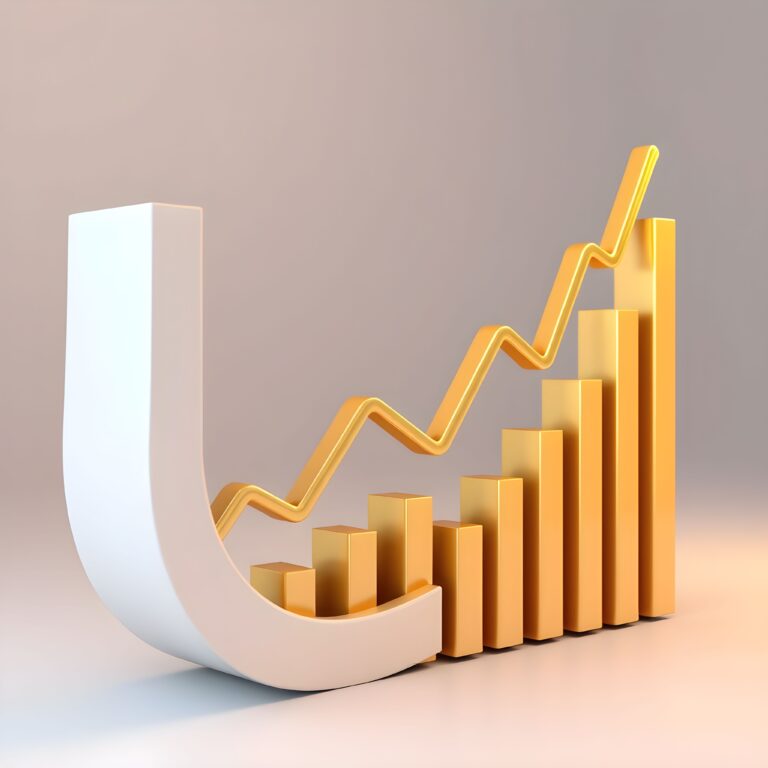The global economy has weathered numerous storms throughout history, facing crises and challenges that tested its strength and adaptability. Today, despite lingering threats and uncertainties, it is showing remarkable resilience. In this article, we delve into the current state of the global economy, examining the factors contributing to its resilience, and exploring the strategies being implemented to navigate through the lingering threats.
Signs of Economic Resilience:
The resilience of the global economy is evident through several key indicators. Firstly, economic growth rates in many countries are showing positive trends. Despite slowdowns and setbacks, there is a general upward trajectory in major economies, driven by factors such as increased consumer spending, international trade, and government stimulus packages.
Secondly, the global trade landscape is witnessing a resurgence. International trade, which faced severe disruptions during the pandemic, is gradually recovering, bolstered by improved supply chains and increased demand for goods and services across borders.
Furthermore, investment patterns are also reflecting optimism in the global economy. Investors are displaying confidence in various sectors, injecting capital into businesses, startups, and infrastructure projects worldwide.
While signs of resilience are encouraging, it is essential to address the lingering threats and challenges that could potentially hinder the global economy’s recovery. One such threat is the persistence of the COVID-19 pandemic. Despite progress in vaccination campaigns, the emergence of new variants and the risk of subsequent waves still pose significant challenges to economies worldwide.
Another major challenge is geopolitical tensions and trade disputes between nations. These can disrupt global supply chains and lead to trade barriers, impacting businesses’ operations and consumer access to goods and services.
Additionally, climate change remains a pressing concern. Natural disasters and extreme weather events can disrupt economies, cause supply chain disruptions, and lead to economic losses in vulnerable regions.
Measures to Sustain Growth and Recovery:
To bolster the global economy’s resilience, policymakers and businesses are implementing various measures. Governments are continuing to deploy monetary and fiscal stimulus packages to support businesses, protect jobs, and boost consumer spending.
Furthermore, international cooperation is being fostered to address trade-related issues and resolve geopolitical tensions. Bilateral and multilateral trade agreements are being forged to facilitate smoother cross-border transactions.
Moreover, sustainable practices and green initiatives are gaining traction to combat climate change’s adverse effects. Investments in renewable energy, eco-friendly technologies, and sustainable infrastructure are being prioritized to create a greener and more resilient global economy.
Despite lingering threats and challenges, the global economy is exhibiting resilience, buoyed by positive economic growth, recovering trade, and increased investments. By acknowledging and addressing the obstacles, and through collective efforts, the international community can further bolster the economy’s strength and navigate through uncertainties successfully. It is crucial for policymakers, businesses, and individuals to remain adaptable and forward-thinking, embracing sustainable practices to ensure a robust and sustainable global economic future.












